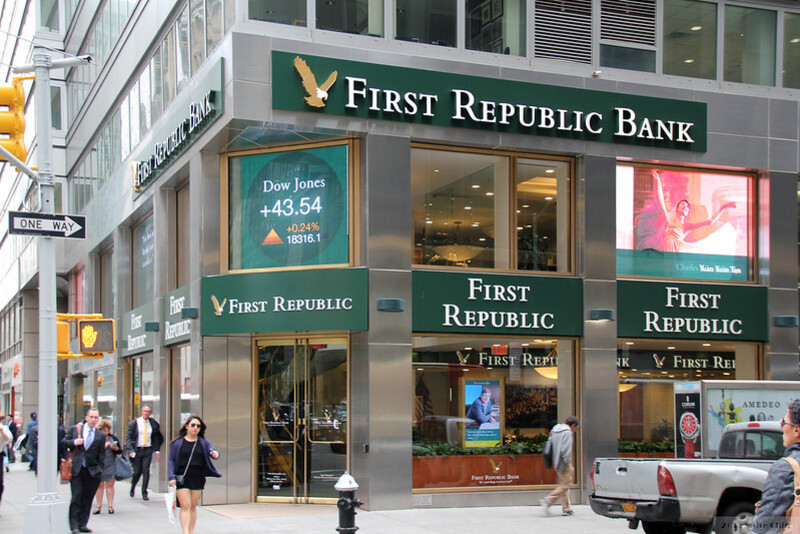Another week, another mid-sized US bank is no more.
Driving the news: US regulators seized First Republic Bank and sold it off to JPMorgan Chase in the wee hours of the morning today.
- First Republic has been on the brink of collapse since last month, and The Federal Deposit Insurance Corporation (FDIC) feared it would topple if North American markets opened today with no buyer for the troubled bank.
- The FDIC seized First Republic and immediately sold it to JPMorgan, which will assume all of its deposits and most of its assets, while the FDIC’s insurance fund will cover around US$13 billion worth of losses.
Catch up: First Republic, the 14th-largest commercial bank in the US, has been in trouble since Silicon Valley Bank (SVB) collapsed in March.
- Like SVB, First Republic counted among its customers many wealthy individuals with deposits exceeding the FDIC’s $250,000 insurance limit, and had issued a large amount of low-interest loans.
- Losses from rising rates and SVB’s collapse made First Republic’s customers nervous, and they pulled US$100 billion from the bank during the crisis—it has since lost nearly all of its market value.
Why it matters: First Republic is the second-largest bank to fail in US history (Washington Mutual, which collapsed in 2008, still holds the honour of the top spot) and poses yet another test of the US financial system’s stability.
- Markets will be watching closely for any signs of instability spreading to other financial institutions, but analysts told The Wall Street Journal that investors are likely to view this as the end of the banking crisis that began in March, not the beginning of a new one.
Zoom out: The deal makes JPMorgan, the largest bank in the US, even larger. In fact, under normal circumstances, it would have been barred from swallowing another bank—but regulators made an exception in an emergency.
